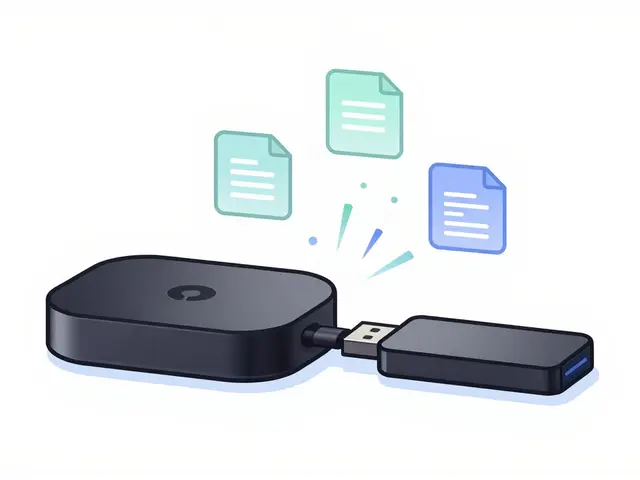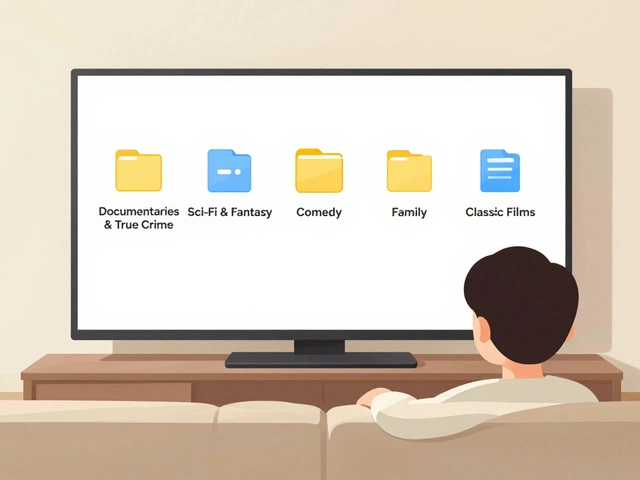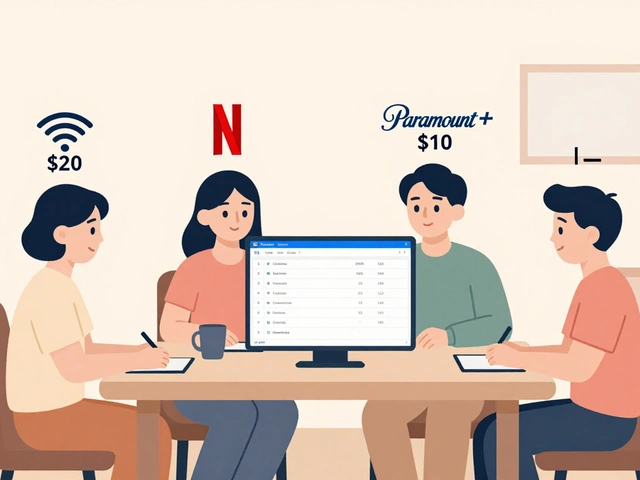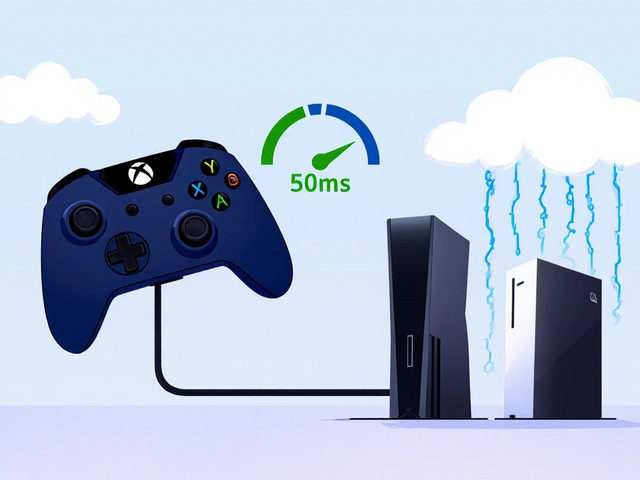Drug Safety: What You Need to Know Right Now
When you pick up a prescription, you probably think about the benefit it brings. But the other side of the coin—how to keep yourself safe while using it—gets less attention. In this guide we’ll break down the most common safety pitfalls and give you quick actions you can take today.
Read the Interaction Chart Like a Pro
Most pharmacies hand you a paper or link to a drug interaction chart. It looks messy, but you don’t need a graduate degree to use it. First, spot the two columns that list the drugs you’re already taking. Then find the new medication in the row. If the cell lights up red, that’s a strong warning. Yellow means a moderate risk—talk to your doctor before you combine them. Green means it’s generally safe. The key is to check every new pill against everything you already have, even over‑the‑counter meds and supplements.
Brand vs. Generic: Does It Matter?
Many people wonder if a brand‑name pill is worth the extra cash. The short answer: most generics are just as safe and effective because they must meet the same FDA standards. What can differ is the filler material, which sometimes triggers allergies or stomach upset. If you notice a new reaction after switching, call your pharmacist. They can often find a different generic that uses a different filler.
Look at the price tag, but also consider your personal tolerance. If you have a history of sensitivities, ask your doctor whether a brand version is truly needed.
Antibiotic Resistance Isn’t Just a Hospital Issue
Superbugs sound like something you read about in a sci‑fi novel, yet they’re real and they affect everyday prescriptions. The main driver is taking antibiotics when you don’t need them—like for a common cold. Always finish the full course prescribed, but don’t start antibiotics on your own. If a doctor prescribes an antibiotic, ask why, what the exact target is, and whether a narrower‑spectrum drug could do the job.
Keeping a personal log of any antibiotics you’ve taken helps you and your doctor avoid unnecessary repeats, which reduces resistance risk.
Pharmacogenetics: Your DNA Can Guide Your Medicine
Scientists now know that a single gene can decide whether a drug works for you or makes you feel sick. A simple DNA test can reveal variations that affect metabolism of common drugs like certain pain relievers or blood thinners. If you’re starting a new chronic medication, ask your doctor if a pharmacogenetic test is available. The test can prevent side effects and help you find the right dose faster.
Even if you don’t get tested, being aware of family reactions to specific meds can give you clues. Share that info with your prescriber.
Practical Steps for Everyday Safety
1. Keep a list of every medication, supplement, and herb you take. Update it instantly after any change.
2. Use the pharmacy’s app or website to scan prescriptions and see real‑time interaction warnings.
3. Store meds out of reach of kids and in a cool, dry place to preserve potency.
4. Dispose of expired or unwanted pills at a take‑back program—don’t just flush them.
5. Schedule a quick medication review with your pharmacist at least once a year. They can spot hidden risks you might miss.
Drug safety is a habit, not a one‑time check. By staying curious, asking questions, and using simple tools like interaction charts, you’ll protect yourself from avoidable problems and get the most out of every prescription.
20
Can You Trust Online Medicine Advice? Risks, Signs & Reliable Sources
Explore how to evaluate online medicine advice, spot misinformation, and rely on trustworthy sources for safe drug information and health decisions.
Latest Posts
Popular Posts
-
 How to Expand Storage on Fire TV with USB Drives and Manage Apps Better
How to Expand Storage on Fire TV with USB Drives and Manage Apps Better
-
 App Layout Strategies: Organize Streaming Services by Genre and Use
App Layout Strategies: Organize Streaming Services by Genre and Use
-
 How Roommates Can Fairly Share Wi-Fi and Streaming Costs
How Roommates Can Fairly Share Wi-Fi and Streaming Costs
-
 Parental Controls on Free Streaming Apps: How to Keep Kids Safe Online
Parental Controls on Free Streaming Apps: How to Keep Kids Safe Online
-
 Lord of the Rings: The Rings of Power on Prime Video - What to Know in 2025
Lord of the Rings: The Rings of Power on Prime Video - What to Know in 2025



